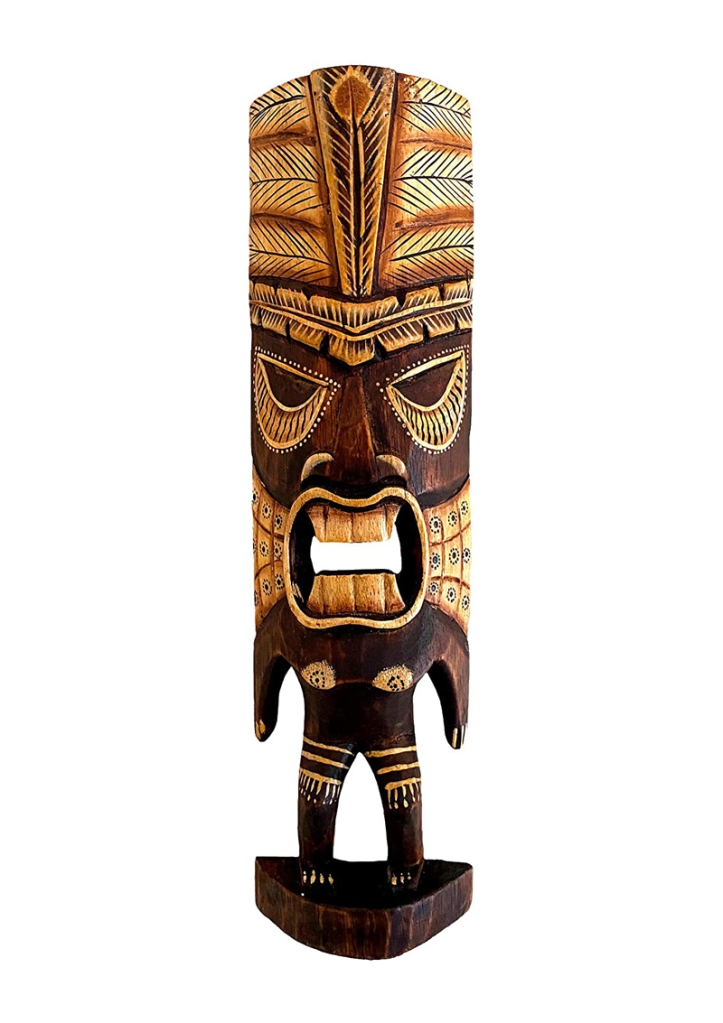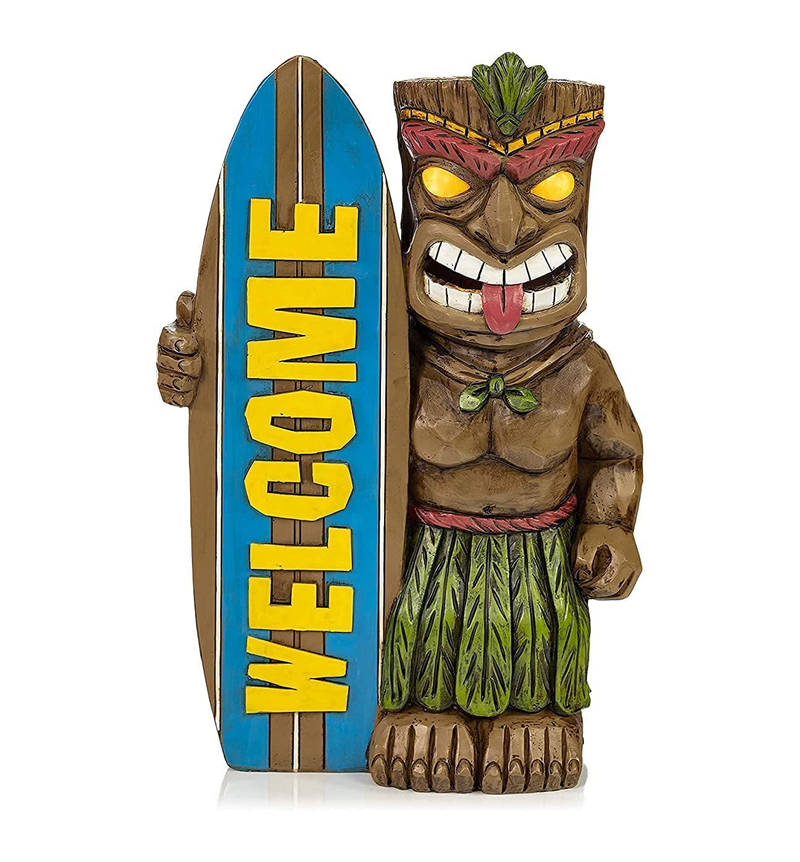Maori Statues
The Maori are the indigenous Polynesian people of mainland New Zealand (Aotearoa). Maori originated with settlers from East Polynesia, who arrived in New Zealand in several waves of waka (canoe) voyages between roughly 1320 and 1350. Over several centuries in isolation, these settlers developed their own distinctive culture, whose language, mythology, crafts, and performing arts evolved independently from those of other eastern Polynesian cultures. Some early Maori moved to the Chatham Islands where their descendants became New Zealand’s other indigenous Polynesian ethnic group, the Moriori. Initial contact between Maori and Europeans, starting in the 18th century, ranged from beneficial trade to lethal violence; Maori actively adopted many technologies from the newcomers. With the signing of the Treaty of Waitangi in 1840, the two cultures coexisted for a generation.
Rising tensions over disputed land sales led to conflict in the 1860s, and massive land confiscations, to which Maori responded with fierce resistance. After the Treaty was declared a legal nullity in 1877, Maori were forced to assimilate into many aspects of Western society and culture. Social upheaval and epidemics of introduced disease took a devastating toll on the Maori population, which fell dramatically. By the start of the 20th century, the Maori population had begun to recover, and efforts have been made, centring on the Treaty of Waitangi, to increase their standing in wider New Zealand society and achieve social justice. Traditional Maori culture has thereby enjoyed a significant revival, which was further bolstered by a Maori protest movement that emerged in the 1960s. However, disproportionate numbers of Maori face significant economic and social obstacles, and generally have lower life expectancies and incomes compared with other New Zealand ethnic groups.
They suffer higher levels of crime, health problems, and educational under-achievement. A number of socio-economic initiatives have been instigated with the aim of “closing the gap” between Maori and other New Zealanders. Political and economic redress for historical grievances is also ongoing (see Treaty of Waitangi claims and settlements). In the 2018 census, there were 775,836 people in New Zealand identifying as Maori, making up 16.5% of the national population. They are the second-largest ethnic group in New Zealand, after European New Zealanders “Pakeha“. In addition, more than 140,000 Maori live in Australia. The Maori language is spoken to some extent by about a fifth of all Maori, representing 3 percent of the total population. Maori are active in all spheres of New Zealand culture and society, with independent representation in areas such as media, politics, and sport.
Maori Statues on Amazon.
Maori Statues on eBay.
Maori on Wiki
Maori Culture & Maori Dictionary
Maori Statues
Maori God Lono Tiki (Wooden) Statue
Maori Tiki Totem Decoration Statue
See all the articles of Maori Statues listed in category.





